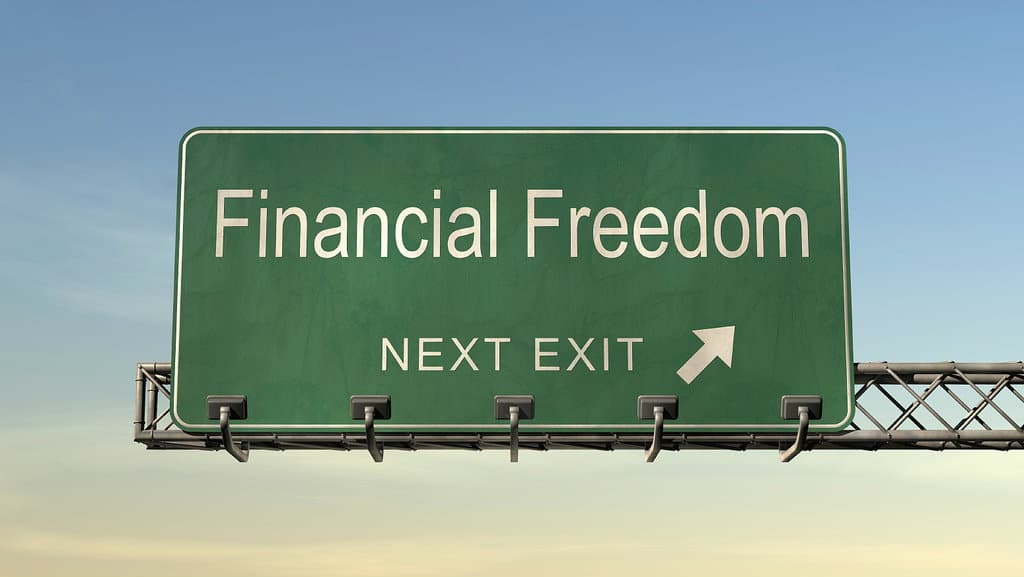Investors looking for high-yielding stocks often need to look for either high-risk industries, where a cut may be inevitable, or at stocks that have taken a big hit and are at risk of falling further. In both scenarios, the investor is left taking on the risk that the dividend could be in jeopardy. Although it is impossible to find a completely risk-free dividend, there are options out there that won’t have you constantly checking on whether or not the payout is still intact.
Companies such as Enbridge Inc. and Inter Pipeline Ltd. pay attract dividends but are exposed to oil and gas and, as a result, may not be ideal for investors trying to get away from commodity-related risks. One company that pays a high dividend and isn’t in a high-risk industry is Northview Apartment REIT (TSX:NVU.UN).
Northview currently pays a dividend of 7%, and its yield has actually dropped, as the stock has increased 15% this year. Undoubtedly, there will be doubts as to whether a yield this high can be sustainable, so let’s evaluate the company’s ability to pay this dividend.
Payout ratio on an earnings basis
Using earnings per share (EPS) is the most common way of evaluating a company’s ability to pay its dividend. Under this approach, Northview’s payout ratio is just 45%. However, the company’s inflated EPS figure last quarter, which included a significant amount of gains, has distorted that ratio. If we eliminate the large gains that the company saw, then the trailing 12 months show an EPS of ~1.85, which would mean the company’s payout ratio is a lot closer to 88%. Although this is significantly higher than 45%, it is not an immediate concern when you consider that REITs typically have larger payouts than most other dividend stocks.
However, one problem with the earnings approach is that EPS includes non-cash items that ultimately have no impact on whether or not a company can pay cash dividends.
Payout ratio on a cash flow basis
If we look at a company’s statement of cash flow, we often get a better picture of its ability to make cash dividend payments. In the trailing 12 months, 74% of the company’s free cash flow was used to pay dividends. In Northview’s most recent fiscal year, that ratio was 81%, and only in one of the past four years has it been higher than that.
What this means for investors
The dividend looks to be safe today, and in the long term, Northview’s strong growth prospects give me no reason to think that will change anytime soon. As interest rates rise and it becomes more difficult to buy a home, Northview’s multi-family residential properties could be in demand, as families opt for easier and more affordable housing options.
In just four years, the company has more than doubled its revenues, and if Northview is able to build on that strong sales growth, then maintaining this dividend payment will not be an issue. At a price-to-earnings multiple of just over six, Northview is a great stock for value, dividend, and growth investors.









